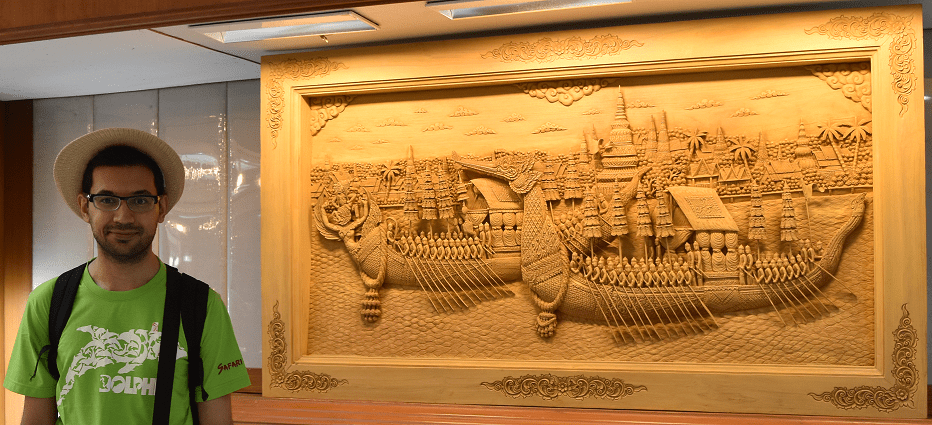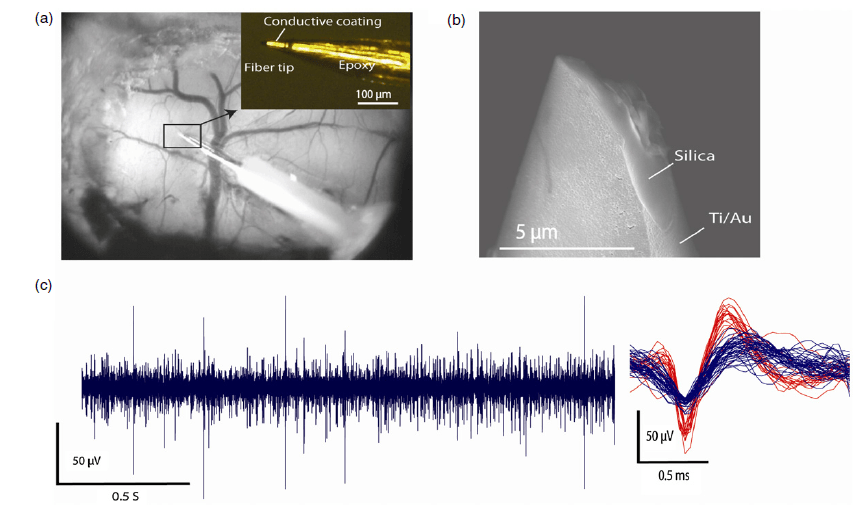We are a team of dedicated professionals,
ready to do what ever it takes to make your business grow.
Arsalan Rahimabadi
Arsalan Rahimabadi
Researcher and the director of ARAS Dynamical Systems Analysis and Control Team
I have been quite keen on mathematics and mathematical courses such as real analysis, general/algebraic topology, and functional differential equations. I have been working constantly and voraciously on dynamical systems analysis in the state spaces, algebraic methods for polynomial systems analysis, and stability theories of motion over the last few years. Furthermore, I have acquired a decent understanding of the common fields in system and control theory. My two current research topics are as follows:
Firstly, I have been involved in the research about finding an algorithm method for analysis of equilibrium point of quasi-homogeneous systems as an important part of autonomous systems, related to Hilbert’s 16th problem and Arnold’s question, associated with the indirect method of Lyapunov.
Secondly and recently, I have become, wholeheartedly, fond of studying neuroscience as a multidisciplinary field, which I believe it will be significantly influenced by dynamical systems theory. Hence, I have been actively engaging in the research about modeling of the neurons, especially located at V1, and optic nerves and also investigating methods for stimulation of the nerve cells such as TMS and Optogenetics.
- M. Eng. In Electrical Engineering-control (10/2010-2/2013)
Note: The first-ranked student (1 over 26), GPA (19.13/20)
University: K. N. Toosi University of Technology, Faculty of Electrical and Computer Engineering, Dept. of Systems and Control (Industrial Control Center of Excellence (ICCE)), Tehran, Iran.
Supervisor: Prof. Hamid D. Taghirad
Thesis Title: Development of stability indices to determine the geometrical features of autonomous dynamical systems - B. Eng. In Electrical Engineering-control (10/2006-07/2010)
Note: The first-ranked student (1 over 114), GPA (17.86/20)
University: Shahrood University of Technology, Faculty of Electrical and Robotic Engineering, Sharood, Iran.
- Dynamical Systems Analysis
- Control Methods of Nonlinear Systems (Including: Robust, Optimal, )
- Pattern Recognition and Identification Methods
- Observer Design, Prediction, and Estimation Methods
- Analysis and Modelling of Biological systems, especially the Central Nervous System (CNS)
- Algebraic Methods for Polynomial Systems Analysis
- Chaos Theory
- “Pathological” phenomena, and Examples (in comparison to “well-behaved”)
- Brain Mapping
- Optogenetics
- Rahimabadi, A., Taghirad H. D.: “Corner stability in nonlinear autonomous systems,” Nonlinear Dynamics, Vol. 80, (2015).
- Rahimabadi, A., Taghirad H. D.: “Comment on: “Centers of quasi-homogeneous polynomial planar systems” [Nonlinear Anal. RWA 03 (6006) 409],” Nonlinear Analysis: Real World Applications, Elsevier (2017).


